Wot I’m Playing: Slaughterball (Deluxe Edition)
My Sunday group is a fan of “BrutalSport” games like Dreadball and Blood Bowl, so when the kickstarter package for Slaughterball’s Deluxe Edition arrived this week in the mail, there was an easy choice for what to play.
Slaughterball is a 2-4 player game that takes about 30 minutes per player to play. The concept of the game is a brutal future sport where genetically engineered races try to win the game by scoring goals and beating the unholy hell out of the other teams. (Yes, you can insert your comparison to American Football here.) In Slaughterball, both are valid concepts as you can score points either by the traditional method (throwing the ball into one of the four goals in the arena) or by injuring your opponents players.
To make things slightly more difficult for the scoring teams (and to give the beat-em-up teams more time to do their dirty work), the goals do not open until a ball carrier crosses into the meat grinder (the four squares in the center of the game field) with the ball. And stuck in the middle is NOT a place you want to be, as people knocked down in those center squares are much more likely to be injured.
Each team starts with six players on the field, and can take up to three “turns” during their action phase. Each turn is one or two actions by a single player (actions include moving, passing or shooting the ball, and of course, attacking the other teams). You can use all three of your turns to use one player if you so desire.. but that leaves the rest of your players sitting around like lumps on the ground. So there’s a nice balance between spreading your team out and having lots of options, or using that one star player, and risking him being alone and in the eyes of the enemy.
Despite the carnage of the game, there ARE rules to be enforced (well, loosely), and players can be sent off for various things (attacking the other team’s scoring players without them having the ball, or attacking a downed player, for example). Likewise, injured players are removed from the playing field. However, once they are off the field, it’s more likely than not they will not return, leaving your team down a player for the rest of the game, as there are no substitutes in Slaughterball. However, there are abilities and cards which allow you to bring back an injured player or a player in the penalty box.
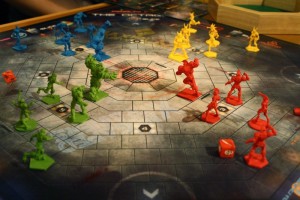
The game uses custom dice, which can be a bit weird to get used to, but in general, the more successes you roll (a success is generally indicated by a knife icon on the dice), the better you do things. It adds an important bit of strategy to the game, as goals are worth a variable amount of points depending on how far away you are from the goal, so you may want to try a shot from further back to earn more points, even though it’s harder to do. This adds a nice amount of strategy to the game, as a game can swing around at any moment. In our test game, we had a player move from fourth place to first place in the course of their turn by injuring a player and scoring a quick goal in one turn.. and I happened to pull off a miracle six point goal on the next to last turn to give me a lead I wouldn’t relinquish. The team in last place always has a chance to come back, as they decide where the ball scatters after a goal or a failed pass, shot or pickup.
The teams are pretty nicely different (the game comes with four genetic legacies or races), with different abilities, and another four are already announced and have stats available for download, but no figures for it yet). As two examples… if you like beating the other teams up, the Carnage team is probably for you, while the Sword of Damocles team has very good skill players, but they’re fragile and their other types of players are less than average.
The game comes with four sets of colored player bases (one for each race in the box) for either use as-is or painting. It comes with a double sided game board (one side for 2 player games, one for 3-4 player gams) and 20 or so dice. It supports ongoing play via a league system and plenty of options to improve the teams. So our first attempt at Slaughterball was a really nice success, and I think we’re going to do a Slaughterball league for a few weeks and see how it goes.
Related Posts
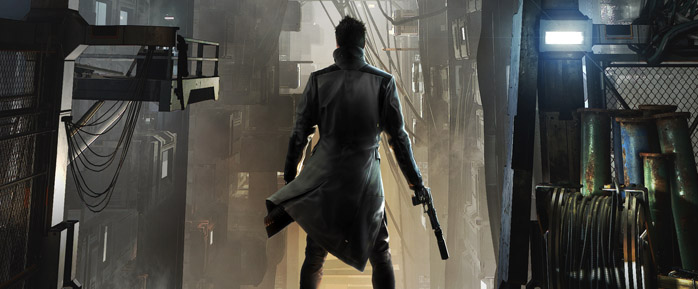
The 16 for 2016: Part One
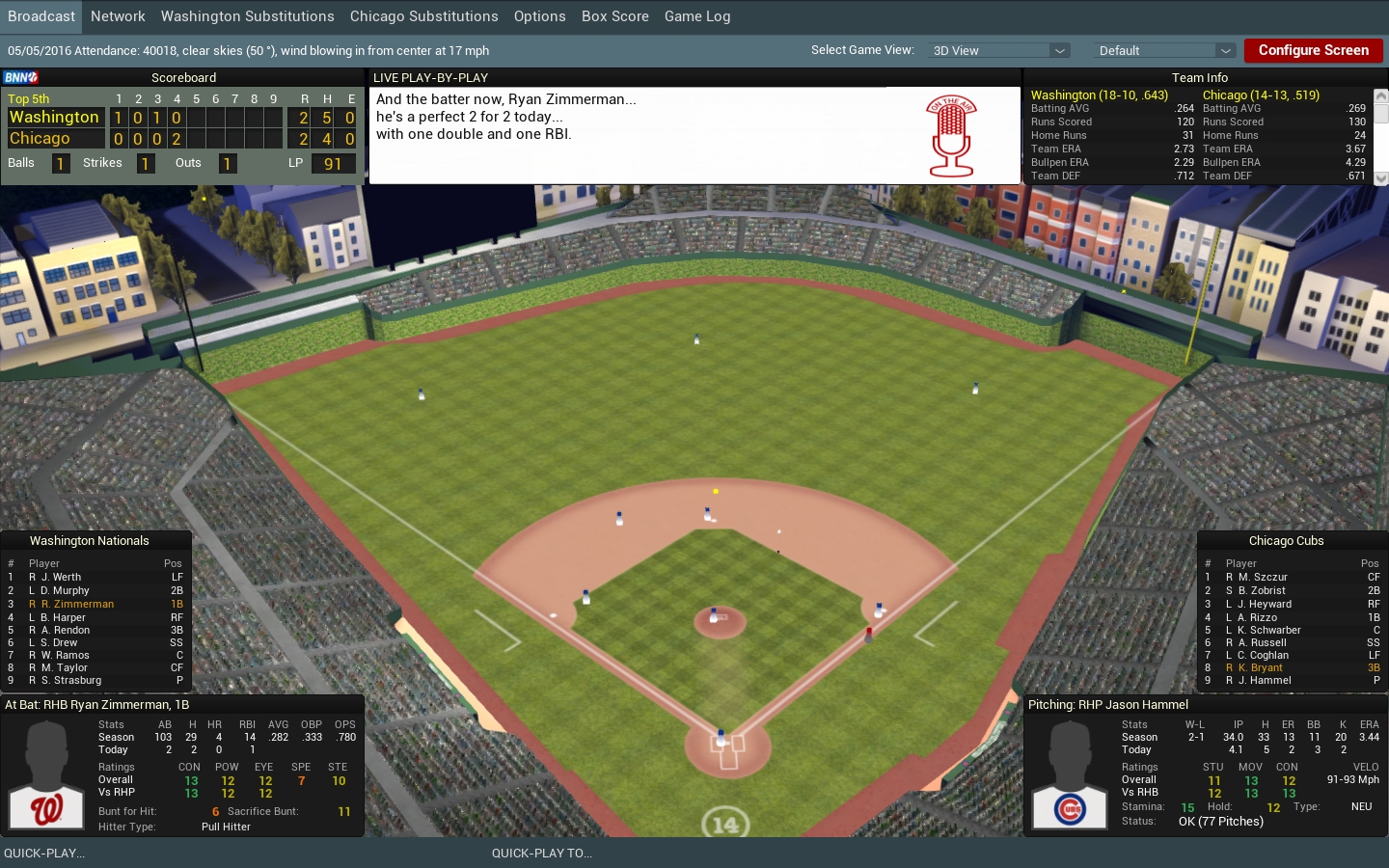
Put me in Coach.. I’m ready to play, today..
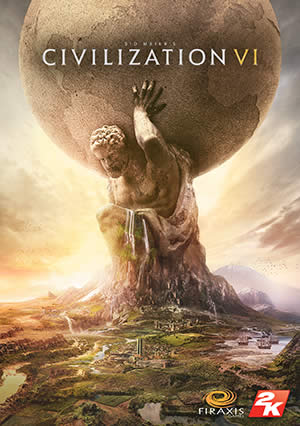
2K celebrates 25 years of “Just one More turn of Civilization…” with Civ 6 Collector’s Edition
About Author
sirfozzie
David "SirFozzie" Yellope is the operator of the "An 8 bit mind in an 8 Gigabyte World". (an8bitmind.com) While not QUITE yet at the stage of waving his cane and telling the kids to "get off his lawn", he does admit he owns three canes.
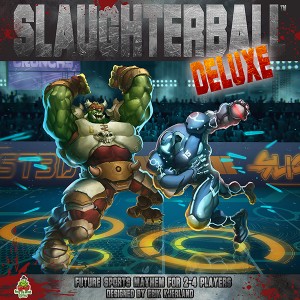
Sir Fozzie, thanks for doing this review of Slaughterball!
No problem Erik! I comment on the game in a later post, namely what happens when three folks team up on the fourth, namely me 😛